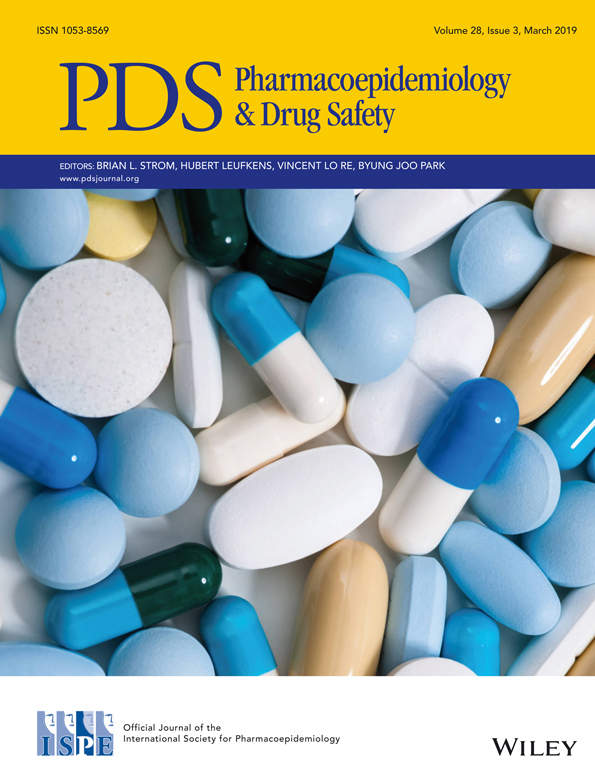A descriptive epidemiological study on the treatment options for head and neck cancer: Transition before and after approval of cetuximab
Abstract
Purpose
Chemoradiotherapy is among the effective treatment modalities for head and neck cancer (HNC). We aimed to elucidate the factors affecting drug selection by describing the actual situation of chemoradiotherapy for HNC in Japan and the transition in treatment selection before and after the approval of cetuximab.
Method
We used a claims database involving multiple hospitals nationwide. The study included patients diagnosed with HNC between April 2008 and August 2015 who underwent chemoradiotherapy. The anticancer drugs used were categorized into four groups, namely, cetuximab, cisplatin, other platinum agents, and other agents. After assessing patient background and transition in concomitant drugs, we performed multinomial logistic regression analysis to determine factors that affect patient drug selection.
Results
This study analyzed 2777 patients whose median age was 66 years. A cisplatin-based regimen remained the most commonly used concomitant drug even after cetuximab approval. In multinomial logistic regression analysis, the odds ratio and 95% confidence interval (CI) in terms of age (66 y or older vs less than 65 y) relative to the cisplatin group were 3.01 (95% CI, 2.26-4.02) for the cetuximab group; 1.76 (95% CI, 1.22-2.48) for the other platinum agent group; and 3.09 (95% CI, 2.39-3.99) for the other agent group.
Conclusion
This study showed the current practices in concomitant medication used in chemoradiotherapy for HNC patients in Japan, the transition in anticancer drugs used before and after cetuximab approval, and the factors affecting the selection of concomitant drugs.
CONFLICT OF INTEREST
Izumi Sato received grants and supports from the Keihanshin Consortium for Fostering the Next Generation of Global Leaders in Research (K-CONNEX), established by the Human Resource Development Program for Science and Technology; the Ministry of Education, Culture, Sports, Science and Technology (MEXT); and the Japan Society for the Promotion of Science.
Koji Kawakami received research funds from Dainippon Sumitomo Pharma, Olympus, Stella Pharma, Medical Platform Co, Novartis Pharmaceutical KK, Bayer Yakuhin, Suntory International, and CMIC; an honorarium from Daiichi Sankyo, Eisai, Behringer Abbie, Novartis Pharmaceutical KK, Shionogi Pharmaceuticals, Takeda Pharmaceutical Company Ltd, and Santen Pharmaceutical Co, Ltd, Chugai Pharmaceutical Co, Ltd, and Kyorin Pharmaceutical Co, Ltd; and a consultation fee from Olympus, Kyowa Hakko Kirin, and Kaken Pharmaceutical. There are no further financial interests to disclose.




